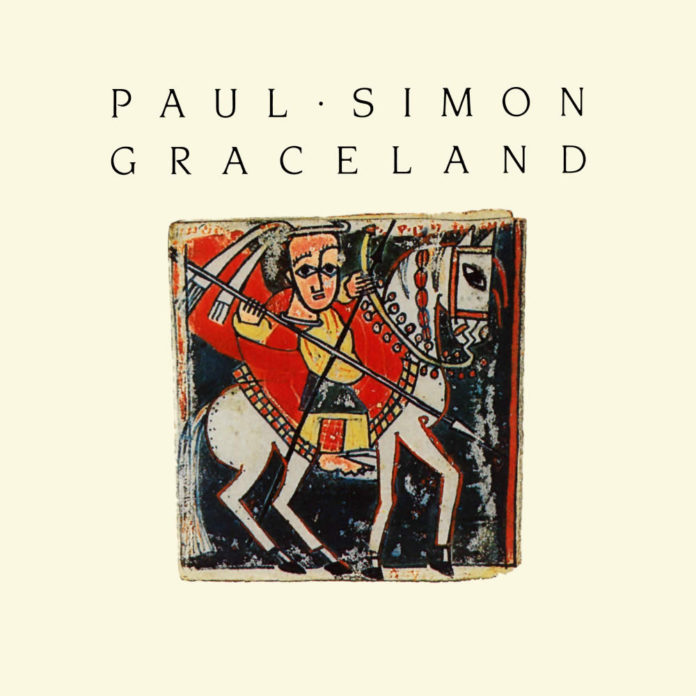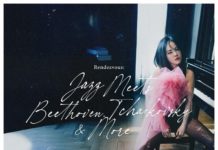You’ve probably heard “You Can Call Me Al” and “The Boy in the Bubble” from Paul Simon’s Graceland, but the album goes deeper than you think. Here are five fascinating facts about this groundbreaking record:
- “You Can Call Me Al” Was Born from a Party Mishap
Ever wondered about the quirky title? At a party, French composer Pierre Boulez mistakenly called Paul Simon “Al” and his then-wife “Betty.” Simon turned the mix-up into a metaphor for a man questioning his identity—midlife crisis vibes, anyone? - The Bass Solo That Plays Backwards
Bakithi Kumalo’s iconic bass solo on “You Can Call Me Al” isn’t just a jaw-dropper—it’s a palindrome. The second half of the solo is the first half played backward, thanks to a little studio wizardry from Simon’s engineer, Roy Halee. - “The Boy in the Bubble” Is Hope Wrapped in Dread
Co-written with accordionist Forere Motloheloa, this track juxtaposes dark topics like terrorism and famine with uplifting wit and optimism. Its haunting lyric, “The way the camera follows us in slo-mo,” was inspired by footage of the JFK assassination and Reagan’s attempted assassination. - Paul Simon Paid South African Musicians Triple the U.S. Rate
When Simon recorded with South African artists in Johannesburg, he went above and beyond to ensure fair compensation, paying $200 an hour—three times what top-tier New York session players made. - The Penny Whistle Solo That Stole the Show
The joyful penny whistle solo on “You Can Call Me Al” was performed by Morris Goldberg, a South African jazz musician living in New York. It became one of the album’s most memorable moments, blending African melodies with Western pop.
Graceland broke musical and cultural barriers, earning Simon a Grammy and selling over 16 million copies. It’s still one of the best examples on how music can unite and transcend.







